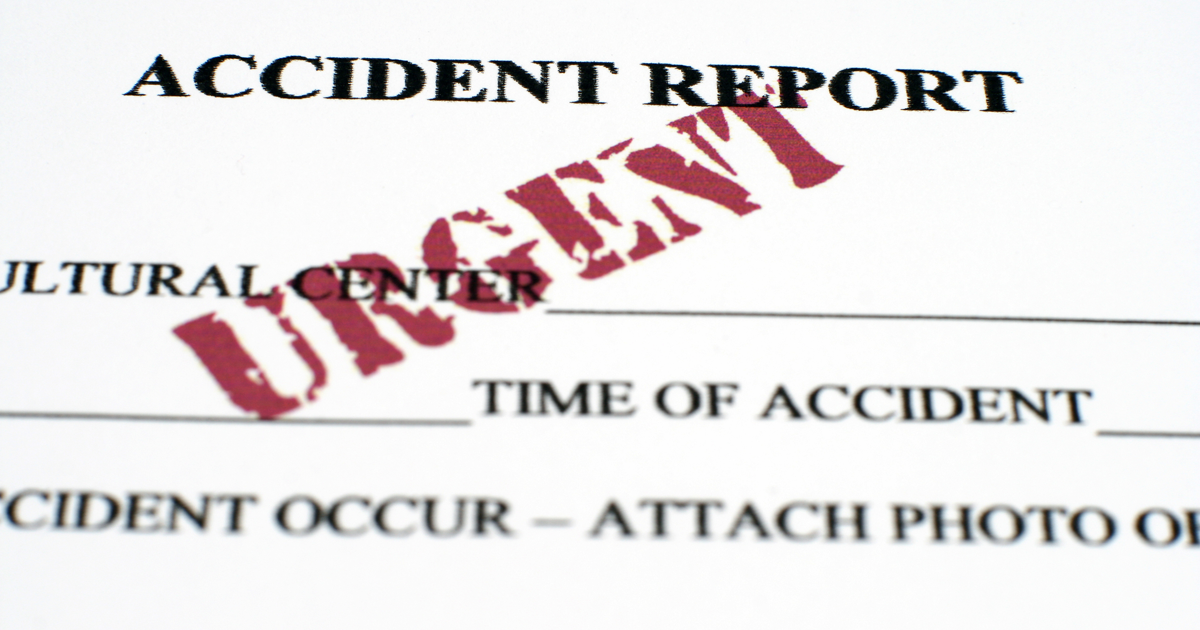Why keep records?
Keeping accident, injury, and fatality records is required by law. The Occupational Safety and Health Administration requires employers to record these occurrences. It is important that these situations are recorded so that enforcing authorities can investigate, track, and analyze these situations. For example, if the same accident occurs multiple times over the course of a few years then it would be beneficial to have records of each situation to help identify the procedural hazard lurking beneath the surface. Additionally, these records keep employers honest, and protect workers. They can also keep employers out of trouble as they detail the exact occurrence, preventing an employee from fabricating an injury story.
Who needs to keep records?
All employers are legally required to keep records, albeit for two exceptions. First, employers who have ten or fewer employees. Second, there are certain low-hazard industries that are also exempt. These two groups are exempt mostly due to the extremely low rates of workplace injuries associated with the occupations that fit these criteria.
We have prepared some free sample accident report forms that will help get you started. These forms are visually appealing and designed to be easiy completed electronically or by hand.
What is required to be reported?
There are a variety of work-related injuries that must be reported. OSHA categorizes work-related injuries, illnesses, and fatalities as any exposure, incident, or occurrence that contributes to, or causes, the condition suffered by the employee(s) involved. All fatalities must be reported to OSHA. Aside from fatalities, all injuries that result in time away from work, limited work, transfer to another job, loss of consciousness, and any incidents requiring medical treatment more extensive than basic first aid, must be reported to OSHA. Examples of these injures include: cuts, sprains, fractures, and amputations.
Illnesses that are a result of occupational exposure must also be reported. These illnesses include acute and chronic illnesses such as lead poisoning, and solvent intoxication.
How should you report and record accidents?
There are a number of ways to report and record all accidents that occur in the workplace. The Occupational Safety and Health Administration can be reached through a toll free phone number: 1-800-321-6742. This number can be called and any accidents can be reported via telephone. Reports can also be made to the nearest, local, OSHA representative office. Finally, the OSHA website has online forms that can be used to record and report any workplace accidents.
There are a few time limits within which accidents must be reported. Any accidents that result in a fatality must be reported within 30 days of the when the accident occurred. However, when a fatality occurs it must be reported within 8 hours, but only if it is due to a work-related accident. Additionally, in-patient hospitalization, amputations, and accidents that result in the loss of an eye must be reported within 24 hours of the accident. However, these 3 things only have to be reported if they occur within 24 hours of the accident, and as a result of the accident. It may also be beneficial to report accidents to the workforce. Signage that tracks ‘accident free’ periods is a great way to notify your workforce of occurrences and increase awareness of workplace accidents.
Tracking and recording workplace accidents is a great tool in analyzing and identifying hazardous work procedures. The data collected from reports can help keep more employees safe in the future. Make sure your business is reporting any accidents that fit the criteria listed by OSHA. Take another step towards safety and help decrease the chances of serious accidents occurring from the same issues. Keep your records straight.





